6 Signs That Indicate the Need for Gutter Maintenance
December 11, 2024
Gutter maintenance is an indispensable task that homeowners often overlook until problems arise. Properly functioning gutters protect your home from water damage, foundation issues, and landscaping erosion by directing water away from the house. Recognizing the signs of gutter trouble early can save you significant time and expense in repairs. In this blog post, we will explore the top signs that indicate it is time for gutter and roofing services.
1. Water Overflow
One of the most apparent signs your gutters need attention is water overflowing during a rainstorm. This overflow is usually a clear indicator of a blockage, whether from leaves, twigs, or other debris. If the water is not flowing out through the downspouts, it may spill over the gutters' edges, which can lead to water pooling around the foundation and causing damage to your home's structure. Regular inspection and cleaning can prevent this issue from escalating. Over time, this unchecked overflow can lead to significant damage to the foundation and surrounding landscaping, making timely intervention essential.
2. Sagging Gutters
Gutters are designed to remain close to the roofline. If you notice your gutters are pulling away or sagging, it's a signal of trouble. This problem often results from excessive weight due to debris that has clogged the gutters, or from water that has accumulated due to improper slope. According to This Old House, gutters should slope downward by about a fourth of an inch per 10 feet to allow water to flow freely. Inspecting and adjusting the slope can help alleviate sagging issues and prevent potential damage to the home. If left unaddressed, sagging gutters can detach completely from the house, causing costly repairs and safety hazards.
3. Mold or Mildew
If you start noticing mold or mildew on the exterior of your home, particularly near the gutters or on the foundation, it might be a sign that your gutters are not directing water away effectively. Prolonged moisture due to clogged or inefficient gutters can create the perfect breeding ground for mold and mildew. Besides being unsightly, these substances pose health risks to you and your family. Regular gutter and roofing services ensure that rainwater flows properly and reduce the chances of mold and mildew growth. In the long run, keeping your gutters clean helps preserve the integrity of your home and protect your family’s health.
4. Water Marks or Damage
Inspecting the sides of your home for water marks or visible damage can also provide clues about your gutter system's condition. Water marks may appear as lines or streaks on the siding, indicating overflow or leaks in the gutters. Additionally, any peeling paint or damage near the gutters suggests water exposure due to inefficiencies in the gutter system. Addressing these signs promptly can prevent further deterioration and expensive repairs. Ignoring these markers can result in long-term water damage to the exterior and even structural components of your home.
5. Rust or Corrosion
While inspecting your gutters, look for signs of rust or corrosion. These are tell-tale indicators that your gutters are aging or failing to drain properly. Rust can eat through the metal, leading to holes and leaks that compromise the effectiveness of the entire gutter system. Regular cleaning and maintenance can help prolong the life of your gutters and prevent the onset of rust and corrosion. Early detection of rust can help avoid the need for gutter replacement and ensure the system continues to function properly.
6. Pests or Insects
Another sign that your gutters may need attention is the presence of pests, such as mosquitoes, rodents, or insects. Clogged gutters provide the perfect environment for these pests to breed or seek shelter. Standing water, especially in neglected gutters, attracts mosquitoes, while rodents can nest in debris-filled gutters. Keeping gutters clear helps to prevent these unwanted visitors from making your home their home.
Neglecting gutter and roofing services can lead to a host of problems, from structural damage to health risks like mold. By being proactive and keeping an eye out for these signs, you can maintain the health of your gutter system and, by extension, your home. If you notice any of these warning signs, don't hesitate to take action or consult with a professional. If you are ready to get started with our gutter and roofing services, contact Bakeris Roofing today!
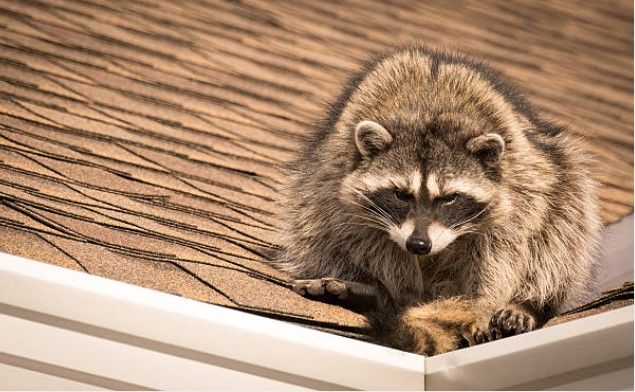
Your roof is a vital part of your home’s defense against the elements—but it can also attract unwanted guests like pests. These creatures not only cause structural damage but can also create health hazards if left unchecked. Here's how pests can impact your roof and what you can do to prevent them. Common Pests That Target Roofs • Birds How They Cause Damage: Birds may nest in gutters, vents, or under loose shingles, causing blockages or damaging roofing materials. Risks: Nesting debris can lead to water backups, while bird droppings can damage shingles over time. • Rodents (Squirrels, Rats, and Mice) How They Cause Damage: Rodents chew through shingles, fascia, or soffits to gain entry into your attic. Risks: Their gnawing can damage wiring, insulation, and wood framing. • Insects (Bees, Wasps, Termites, and Ants) How They Cause Damage: Bees and wasps build hives in eaves or attic spaces, while termites and carpenter ants weaken wood structures. Risks: Structural damage, increased repair costs, and potential stings from aggressive insect species. • Raccoons How They Cause Damage: Raccoons are strong and can tear through shingles or vents to enter attics. Risks: They can cause extensive structural damage and leave behind droppings that pose health risks. • Bats How They Cause Damage: Bats squeeze into small gaps in vents or soffits, establishing colonies in attics. Risks: Their droppings, or guano, can harbor harmful fungi and create unpleasant odors. Signs of Pest Problems on Your Roof Visible Damage: Missing shingles, gnaw marks, or holes in the fascia or soffit. Debris in Gutters: Leaves, twigs, or nesting materials can indicate bird or rodent activity. Unusual Sounds: Scratching, squeaking, or buzzing noises coming from the attic or roof. Droppings: Pest waste in or around the roofline. Chewed Wiring: Evidence of rodents accessing the attic. How to Protect Your Roof from Pests • Seal Entry Points Inspect for gaps or holes in the roof, soffits, or fascia and seal them with caulk or metal mesh. • Maintain Gutters Clean gutters regularly to remove nesting materials and prevent clogs that attract pests. • Trim Overhanging Branches Keep tree limbs trimmed away from your roof to limit access points for squirrels, raccoons, and insects. • Install Pest Barriers Use vent covers, chimney caps, and screens to block pests from entering key access points. • Inspect Regularly Conduct routine roof inspections to catch signs of pests early and address potential issues promptly. • Eliminate Attractants Avoid leaving food or trash outside that might lure pests toward your home. • Consult Professionals If pests are already causing damage, contact a pest control specialist and a roofing expert to address both the infestation and any structural issues. Why It Matters Ignoring pest issues can lead to: Structural Damage: Weakening of roof materials, insulation, and framing. Health Hazards: Contaminated air from droppings or potential bites/stings. Costly Repairs: Pest damage can escalate quickly, increasing repair expenses. Protecting your roof from pests is key to maintaining your home's integrity and safety. If you suspect pest-related roof damage, Bakeris Roofing can help inspect and repair your roof to ensure its secure and pest-free! Call us at (515) 207-7949.



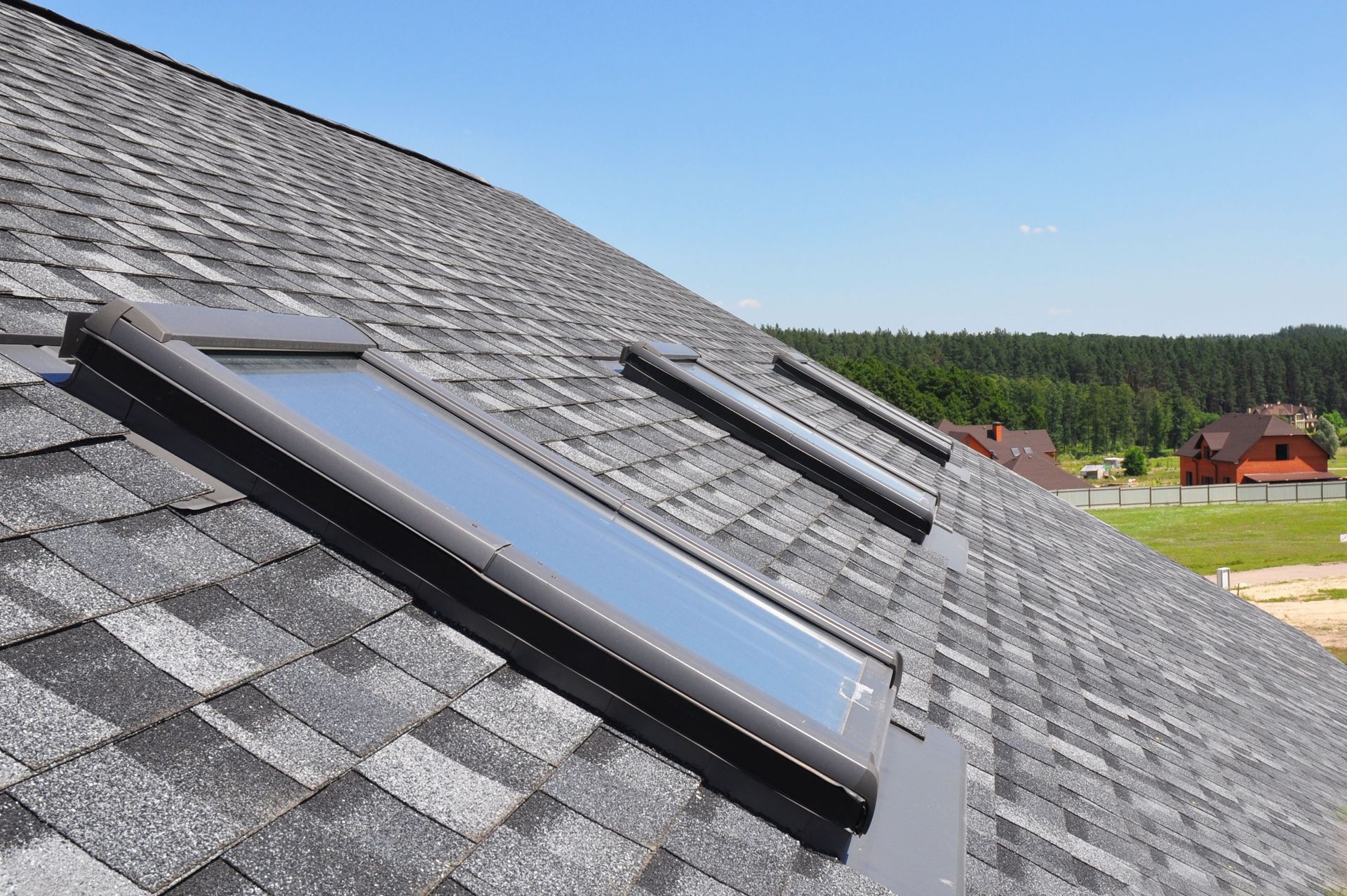
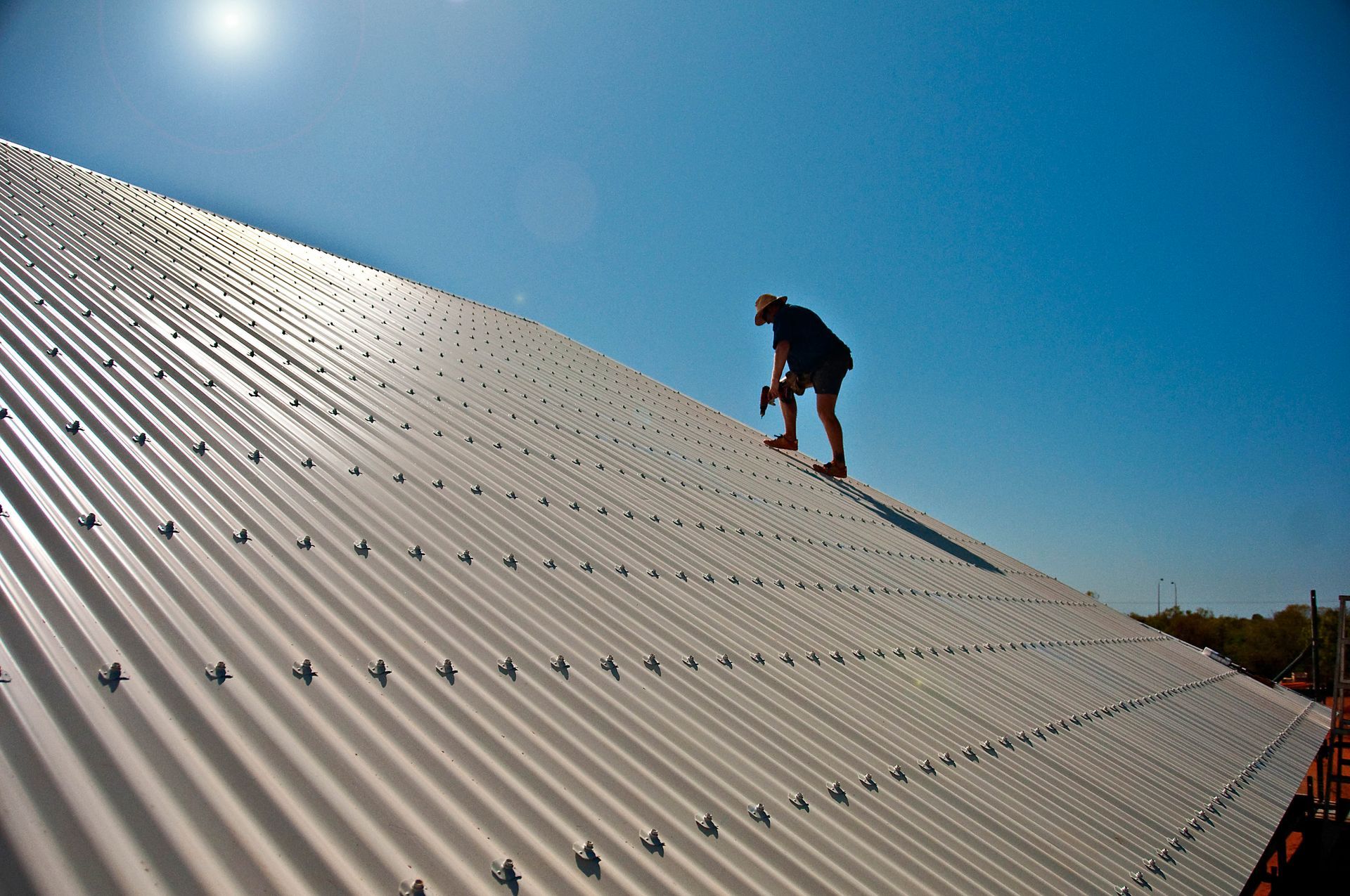
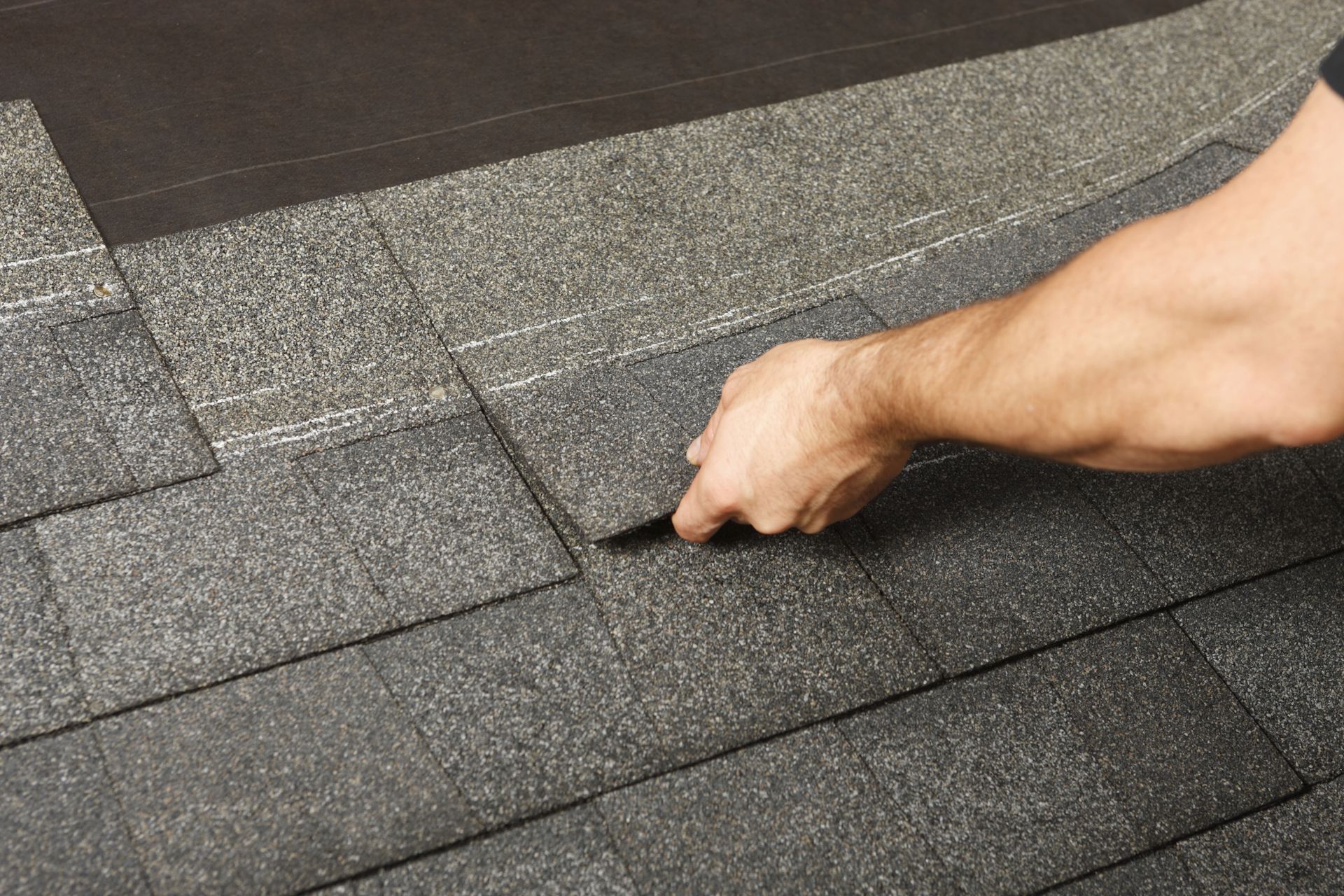
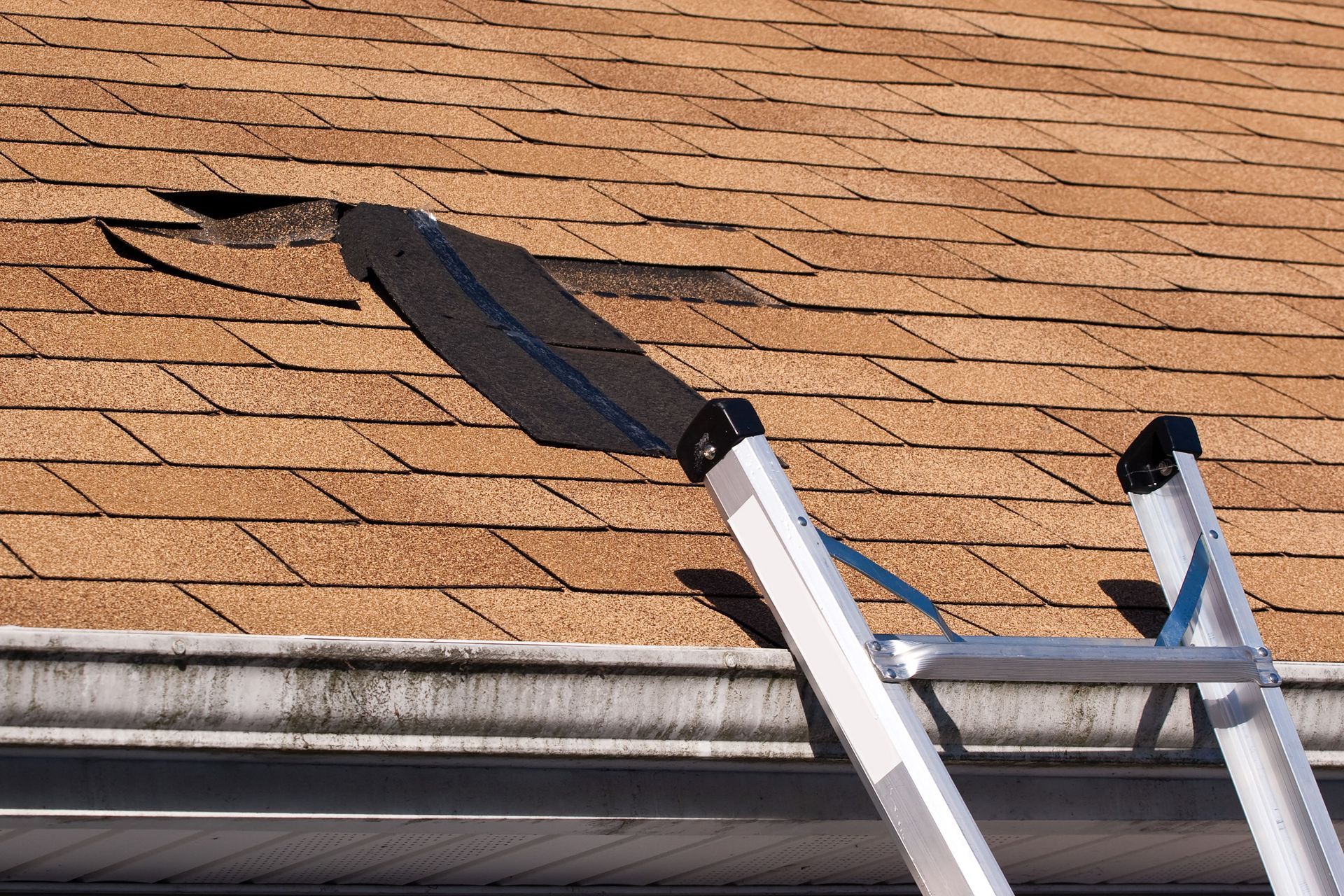
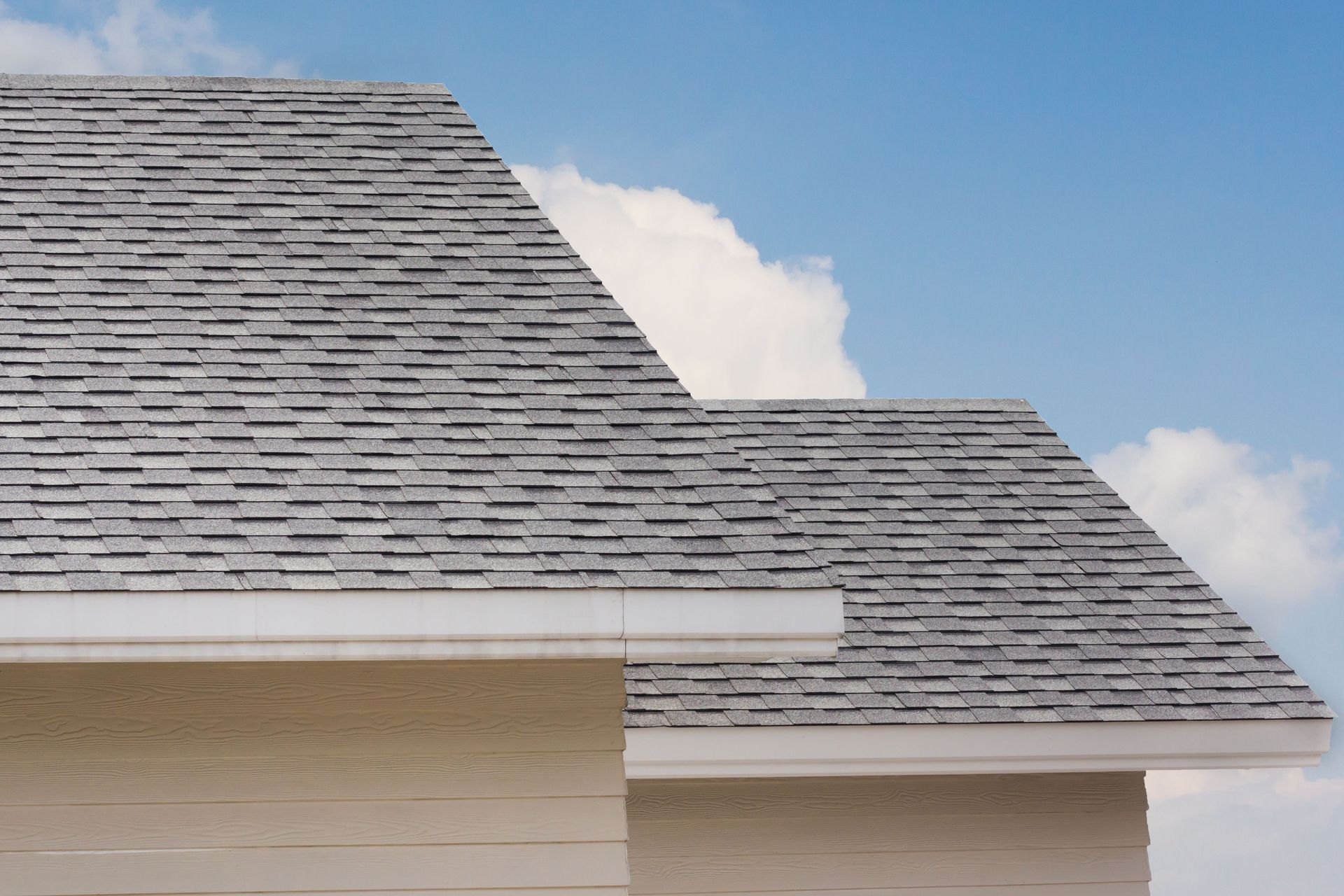
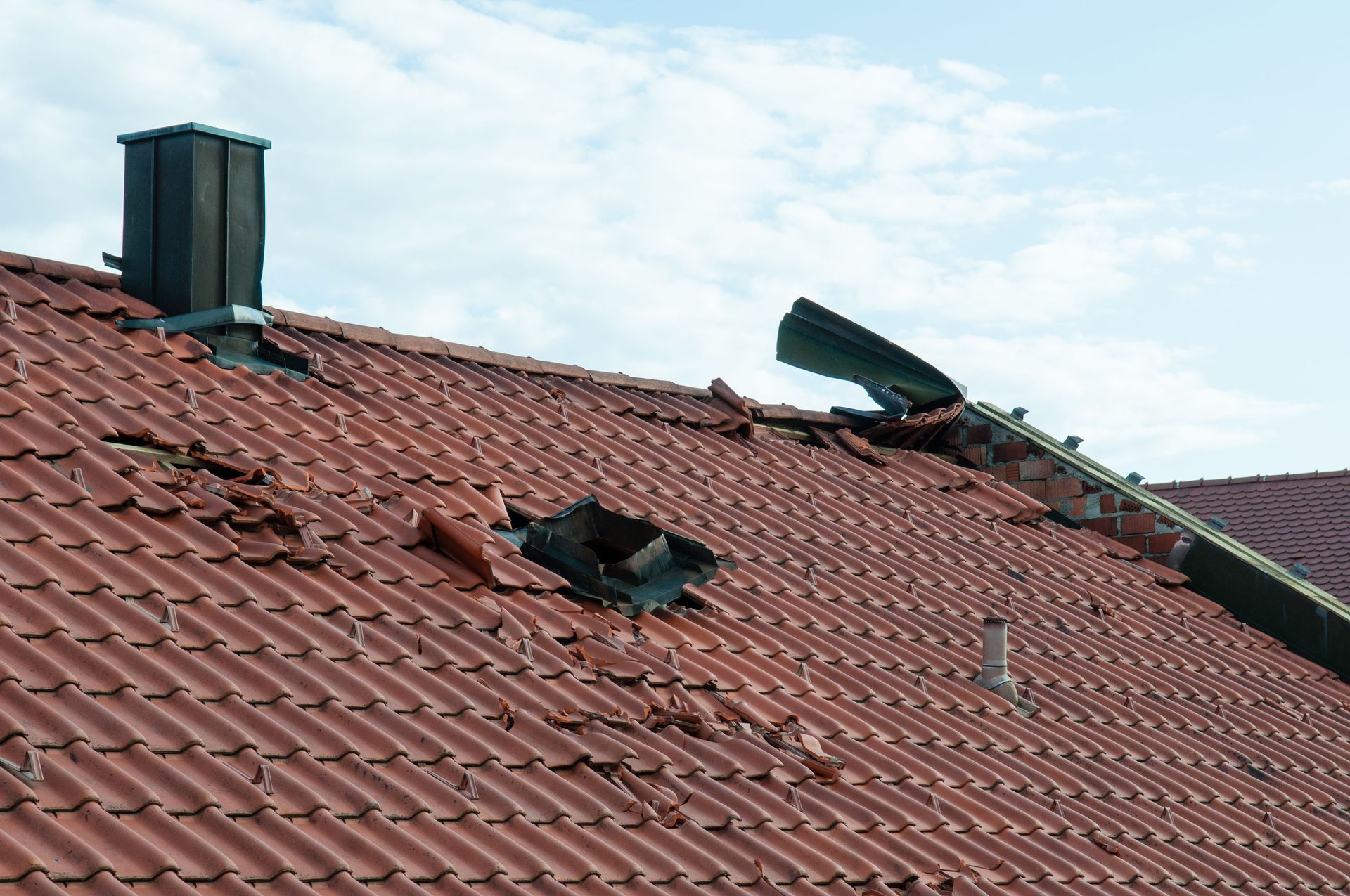
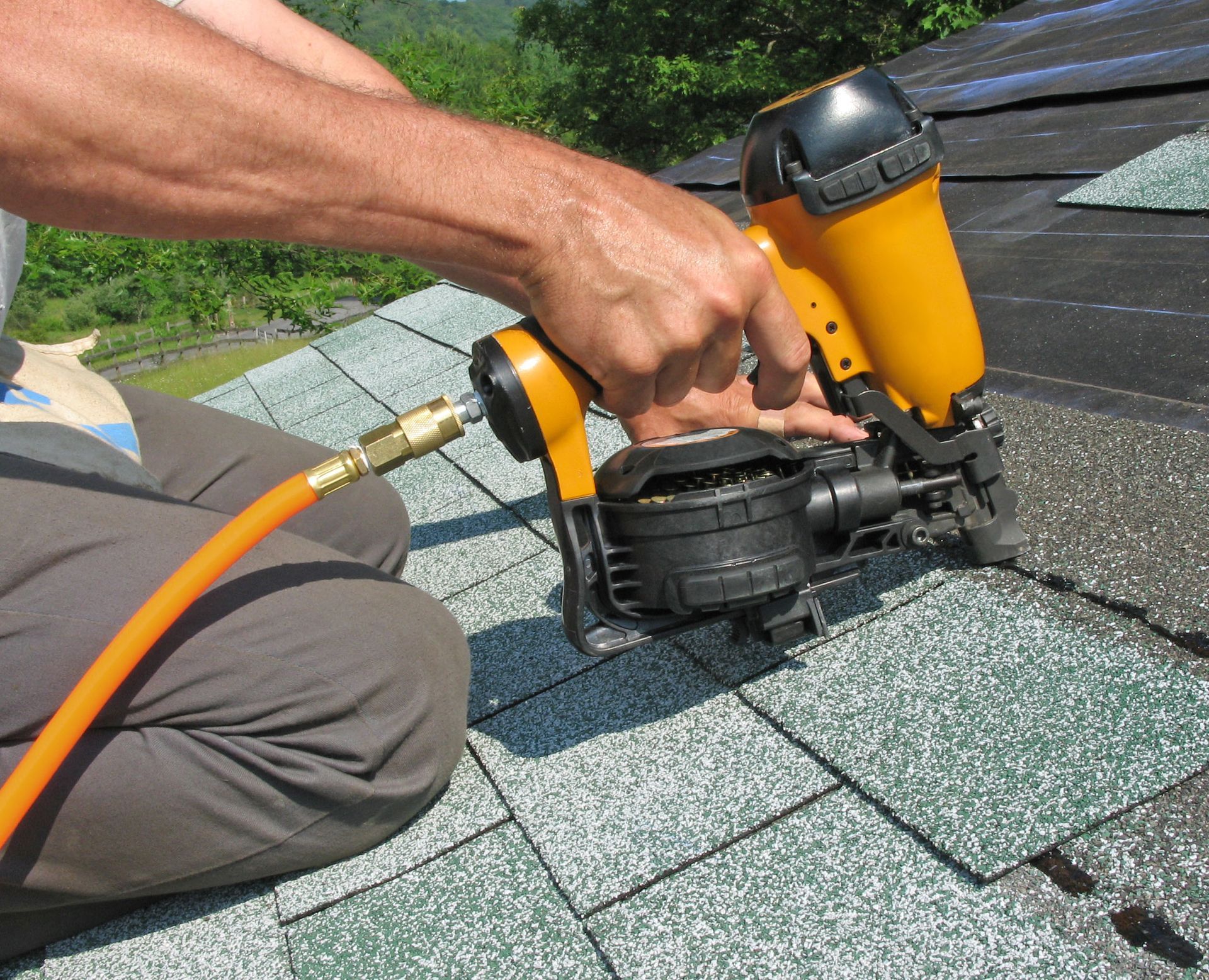
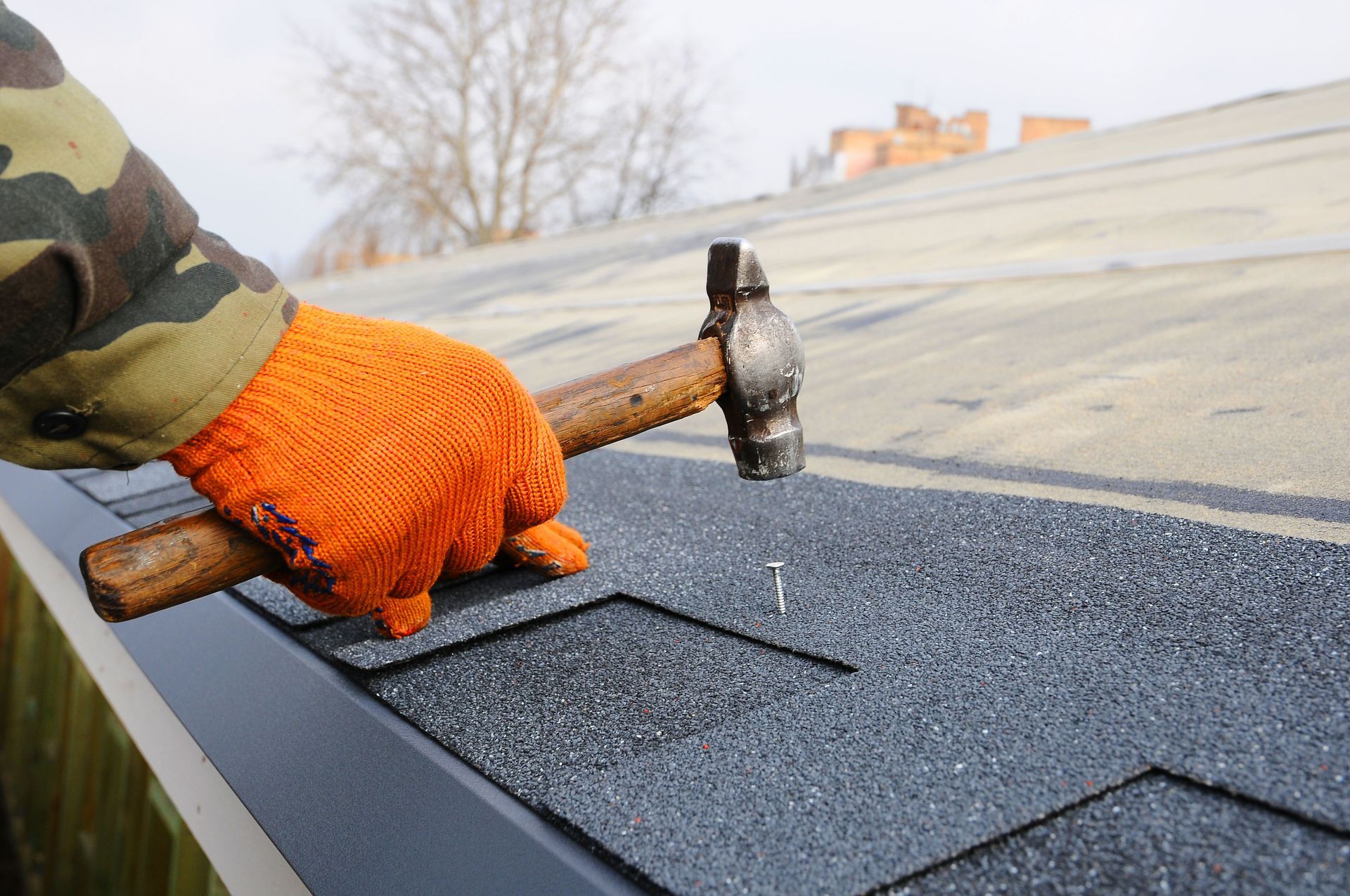
Share On: